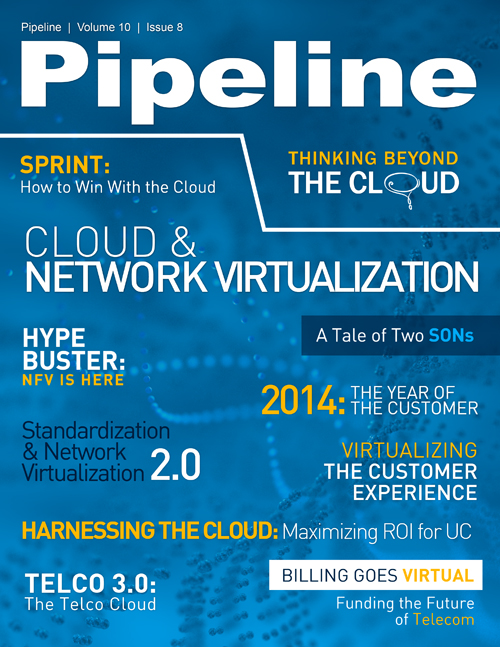Virtualizing the Customer Experience
“Today, customers expect instant access to information and resources to solve their issues, regardless of the contact method they choose,” said Bas Burger, president of US and Canadian operations for BT Global Services, in a September press release. “Cloud-based solutions may provide the answer for companies struggling to address rising customer expectations while also lowering costs. This is why BT has made significant investments in building out a full set of solutions for all contact center needs in the cloud.”
By moving the contact center into the cloud SPs are more nimble to scale according to demand, upgrades technology easily and reduces cost to what BT says it can get down to: as little as 35 cents per transaction through self services.
But cloud isn't the only virtualization tool in the arsenal for service providers. SundaySky is an innovative company that works with leading telecom service providers to deploy smart video to engage with customers in an entertaining and educational way. AT&T was the first to deploy smart video for billing. Now, according to Kelly Ford, vice president of Marketing for SundaySky, she has a harder time coming up with a major North American service provider they aren't currently working with. She adds that service providers are looking for smart video services to meet very specific KPIs (key performance indicators), including reducing churn, reducing calls to the call center and delivering a superior experience.
“There are multiple touch points where you need them [customers] to take some sort of action,” Ford said. “Whether its driving calls away from a contact center, paying a bill or even a welcome video to introduce the service to a new customer. Ultimately, this can drive up their net promoter score.”From what Ford calls the “on boarding” of a new customer or offering tips, the idea is to create positive interaction with a brand. But, make no mistake: telcos are driven by cost first and foremost, she adds.
“Telcos are trying to ensure customers are as profitable as possible,” Ford says. “They are concerned with engagement and experience, but they need to do that in the most cost-effective way possible.”
Smart video removes and reduces cost but, she adds, being educational at just the right moment can drive revenues. Ford uses the example of a local cable provider who adds a customer under a promotional price plan. Once that plan expires, the customer is likely to be unaware the offer has expired and experience bill shock, which leaves a bad feeling between the brand and customers that could drive them right to the competition. But being proactive with smart video as the offer expires, lets them know their bill is about to go up. At that point, providers could even offer suggestions based on other promotions or up-sell them to a higher tier of service.
From cutting costs to driving revenues, virtualizing elements of the customer experience is the CRM strategy of the future for telecommunications service providers worldwide. Customers are smarter than ever, and they want the brands they engage and do business with to be just as informed about their experience. The telecom industry armed and empowered their customers with life-changing technologies that represent the ultimate in immediate response and gratification. Now, all the industry needs to do is keep up.





















